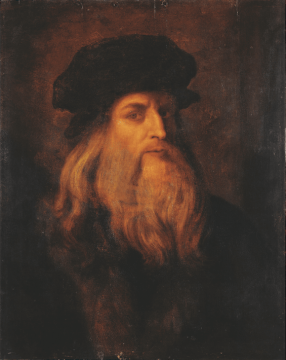500 years have passed since Leonardo da Vinci passed away (1452–1519), which is why we believe this is the perfect time to remember his passionate effort to study the human heart.

Not only was Leonardo a gifted artist, but also an innovative engineer and inventor, a pioneer far ahead of his time. His scientific exploration of the human body, showing empirical power of observation and deduction, has made history and still echoes in modern biology.
His findings on the heart’s anatomy and its workings, documented in his notes and sketches, reveal the transition from occultism to modern cardiology.
At the time, the knowledge of human anatomy prevalent in Europe came mainly from Aristotle and Galen, who by the way had contradicting visions that were synthesized by Avicenna in Syria.
Read also: What Happens When We Are Blinded by Left Main Disease and Ignore All Other Lesions?
With the Renaissance in Italy, when the human body was emphasized as natural, for artists such as Leonardo the temptation to explore and experiment beyond the limits came along as naturally.
Leonardo was the first to note the heart’s beating quality and this fascinated him; “instrumento mirabile invenzionato dal sommo maestro” he called it, which translated from Italian means “the marvelous instrument invented by the Supreme Master”.
One of his dissections took place in 1506, at Santa Maria Nuova Hospital, in Florence. Leonardo dissected the body of a 100-year-old man in an attempt to understand his cause of death. Surprisingly, this dissection first describes heart disease and compares these findings with those of a 2-year-old dissection. The artist attributed the 100-year-old’s death to atherosclerosis.

After 500 years of Leonardo’s death, this article does not intend to summarize his life or his trajectory, but merely celebrate his genius.
Original Title: Leonardo da Vinci and his study of the Heart.
Reference: Marco Cambiaghi et al. European Heart Journal (2019) 40, 1823–1831.
Subscribe to our weekly newsletter
Get the latest scientific articles on interventional cardiology
We are interested in your opinion. Please, leave your comments, thoughts, questions, etc., below. They will be most welcome.





